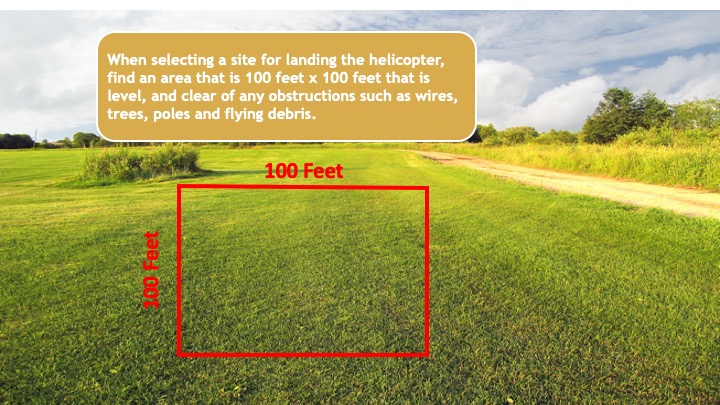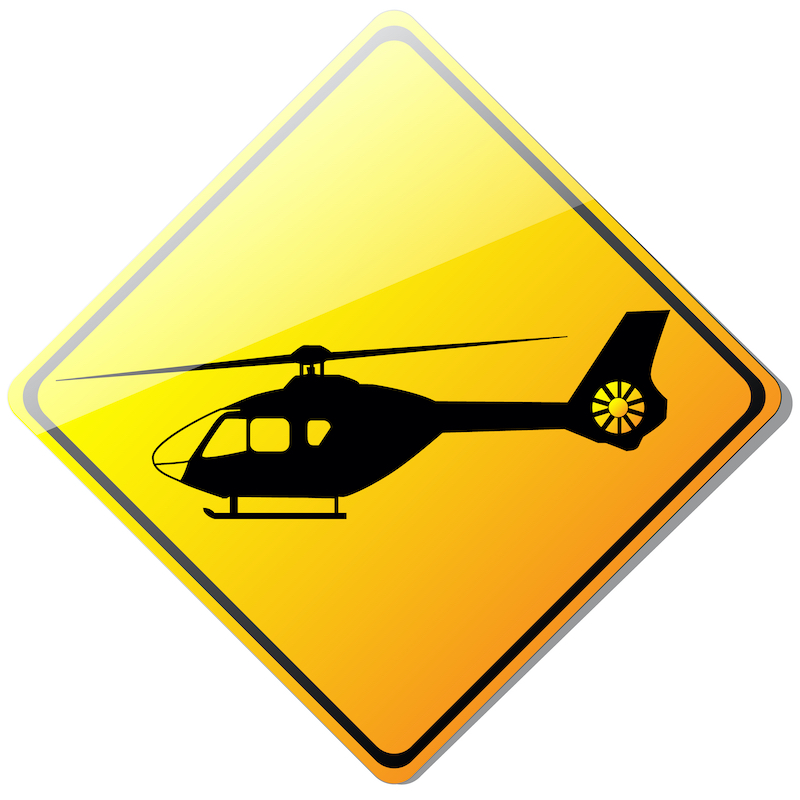At Vanderbilt LifeFlight, safety is our #1 product. Our safety culture supports all staff keeping safety first. We use state-of-the-art aircraft that maintain or exceed global standards for safety and reliability. Using specialized equipment and operating under instrument flight rules (IFR), many of our aircraft can safely operate safely in many situations when visibility is decreased or the cloud layer is low.
For Information on Operation Tail Watch
Click Here
Our equipment meets or exceeds FAA rules.
Helicopter Safety
The pilot and/or flight crew controls activity around the aircraft. Always follow these rules:
- Everyone must stay 100 feet from the aircraft.
- Approach aircraft only when directed by crew and/or pilot; always approach from the direction indicated by the crew.
- Do not enter or leave the rotor-arc when the helicopter is starting up.
- No running or smoking within 50 feet of the aircraft.
- All items within 100 feet must be secured.
- No one is allowed into the landing zone until the aircraft is in steady flight.
Landing Zone Criteria
- Minimum size: 100 ft. x 100 ft.
- Clear of debris
- Level, firm terrain with no obstructions
- No power lines or overhead obstructions nearby
- No vehicles or people within the zone

Landing Zone Officers
- Assume command and secure landing zone.
- Only one person can be in radio contact with the aircraft.
- LifeFlight does not use 10 codes.
- Direct pilot using north, south, east, or west directions. Don't use road names.
Don't stand in the landing zone.
Night Operations
- Don't shine lights at the helicopter.
- Don't use cones, flares, or tape to mark the site.
- Emergency vehicles may be parked, so their headlights intersect the landing site. They can also be parked beneath wires to mark them.
- Lights may be placed onto poles showing wires between them.

